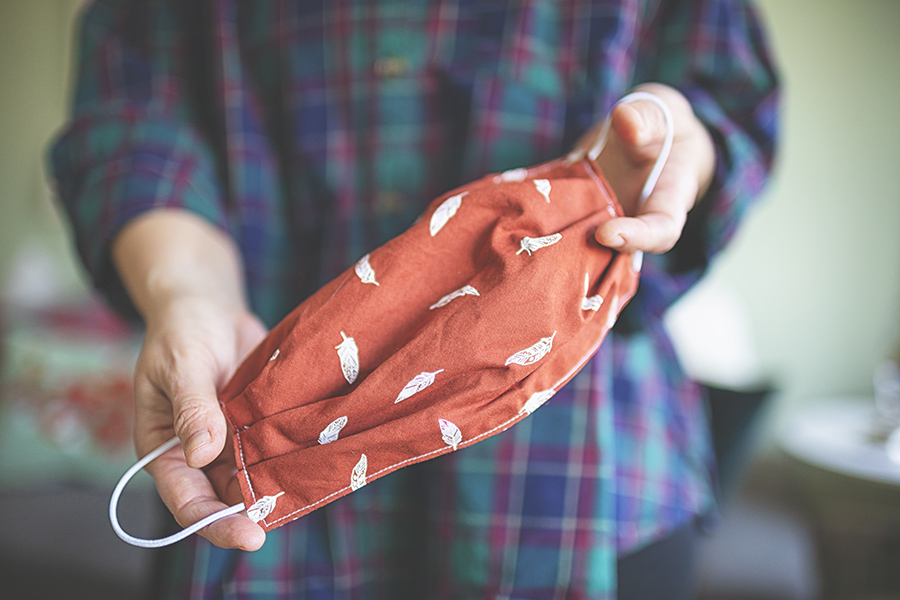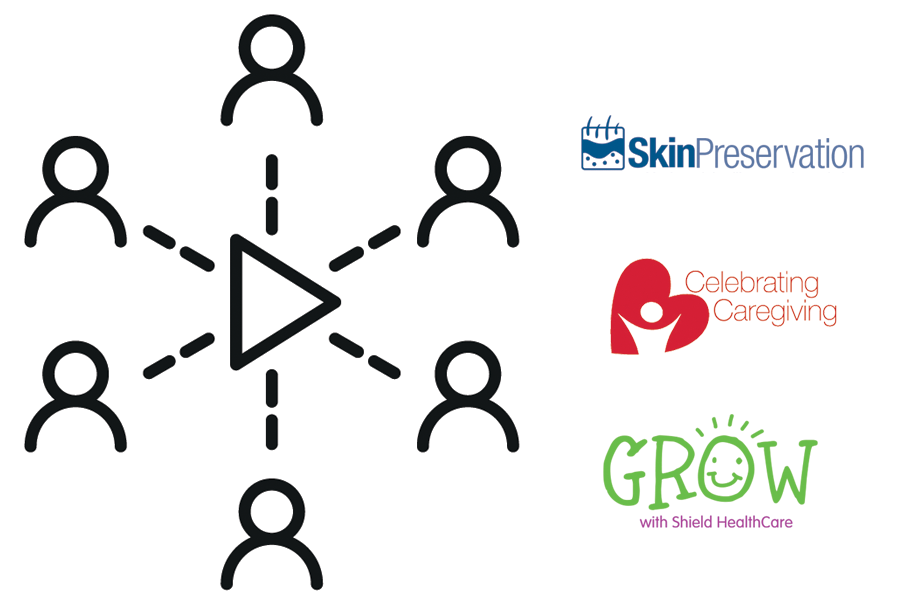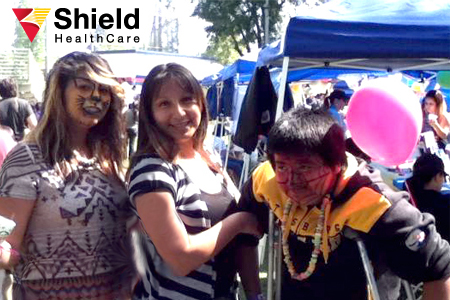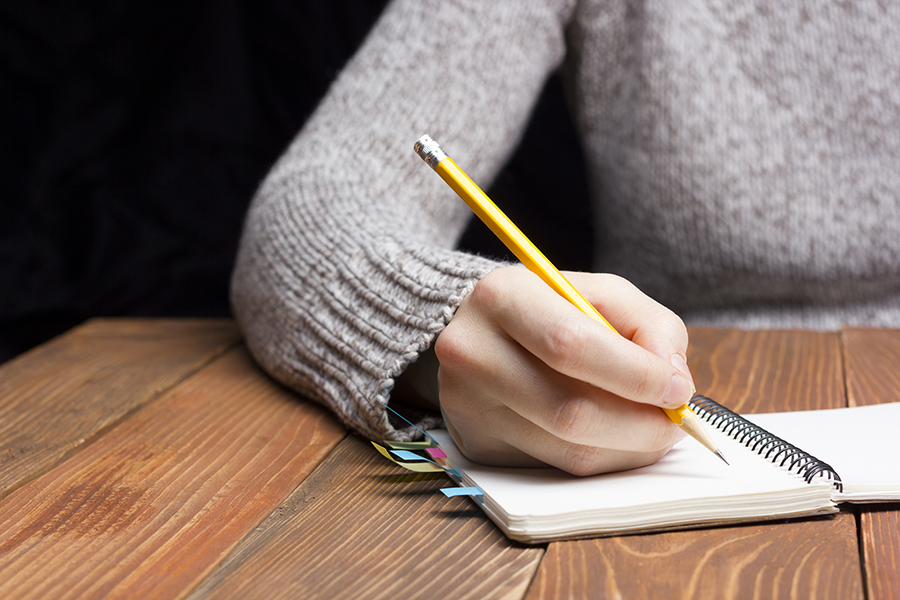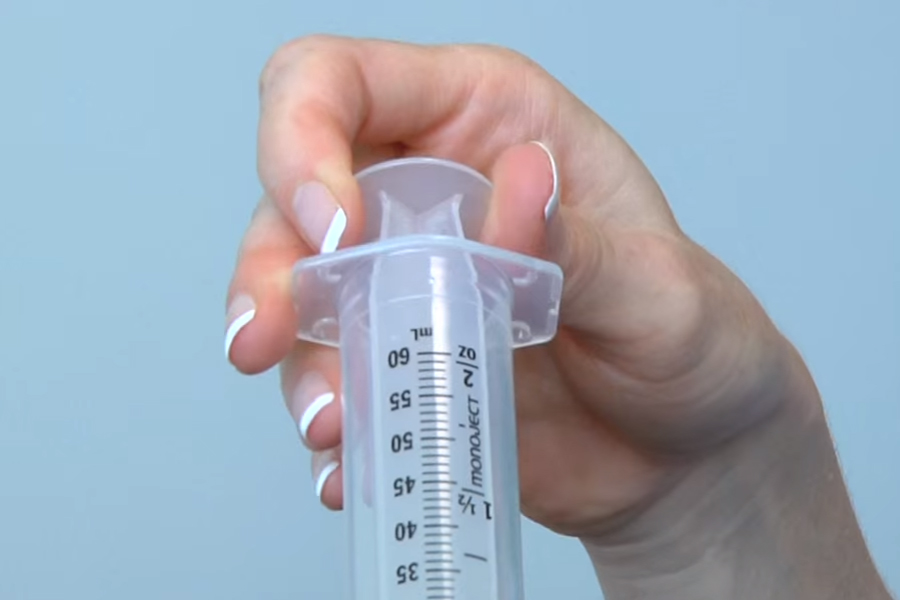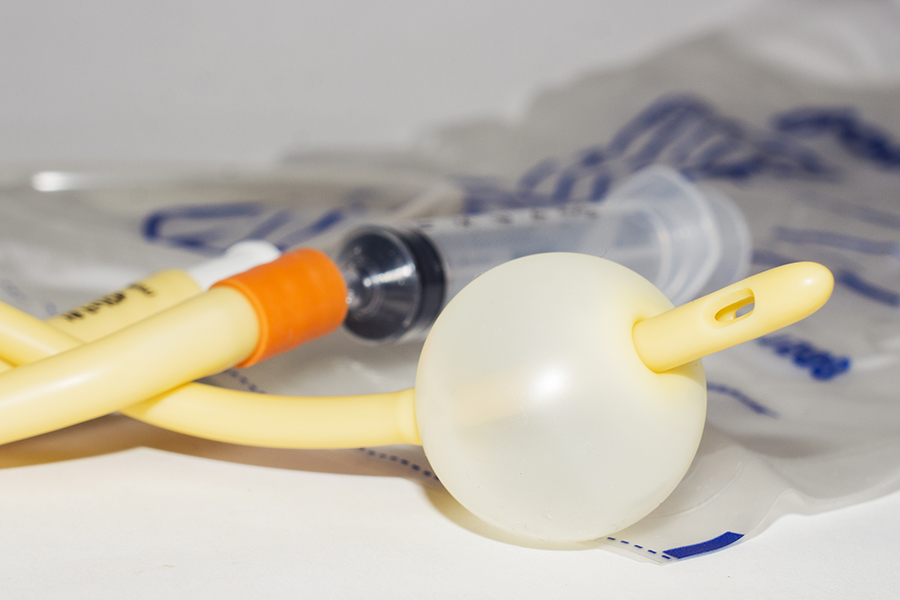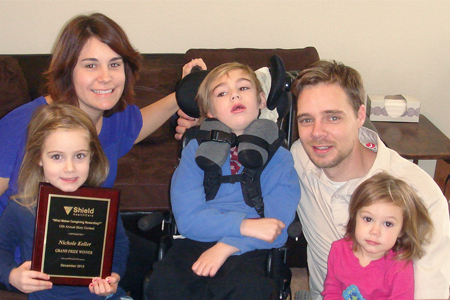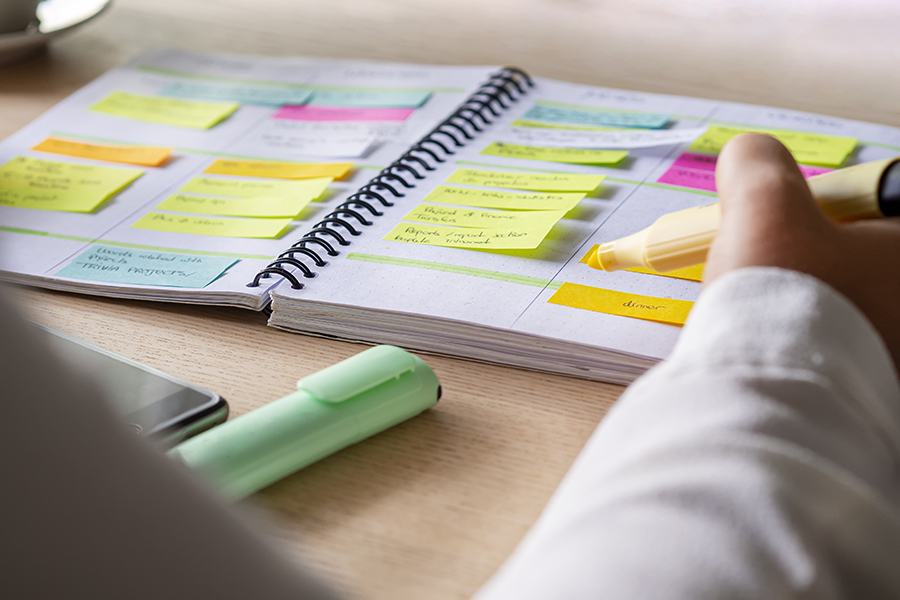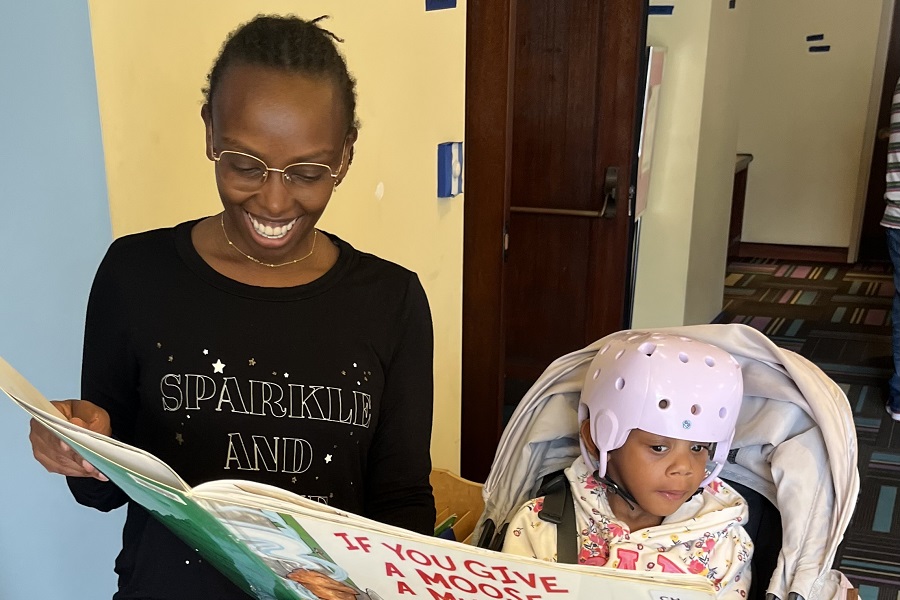Instructions for Cloth Face Coverings (#1: Sew Method)
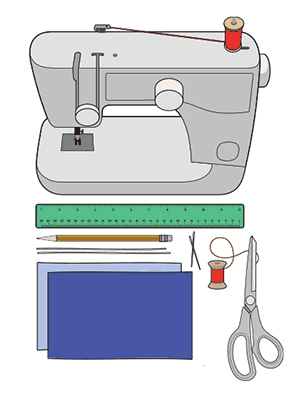
Materials
- Two 10”x 6” rectangles of cotton fabric
- Two 6” pieces of elastic (or rubber bands, string, cloth strips, or hair ties)
- Needle and thread (or bobby pin)
- Scissors
- Sewing machine
Tutorial
1. Cut out two 10-by-6-inch rectangles of cotton fabric. Use tightly woven cotton, such as quilting fabric or cotton sheets. T-shirt fabric will work in a pinch. Stack the two rectangles; you will sew the mask as if it was a single piece of fabric.
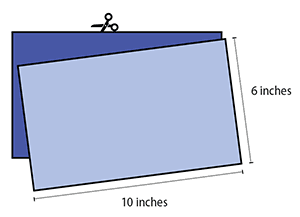
2. Fold over the long sides ¼ inch and hem. Then fold the double layer of fabric over ½ inch along the short sides and stitch down.
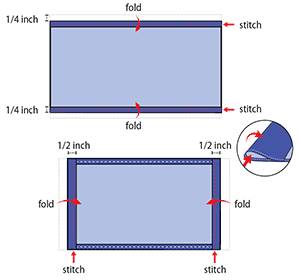
3. Run a 6-inch length of 1/8-inch wide elastic through the wider hem on each side of the mask. These will be the ear loops. Use a large needle or a bobby pin to thread it through. Tie the ends tight.
Don’t have elastic? Use hair ties or elastic head bands. If you only have string, you can make the ties longer and tie the mask behind your head.
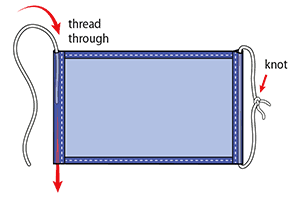
4. Gently pull on the elastic so that the knots are tucked inside the hem. Gather the sides of the mask on the elastic and adjust so the mask fits your face. Then securely stitch the elastic in place to keep it from slipping.
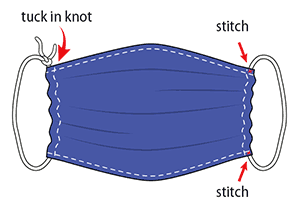
Quick Cut T-shirt Face Covering (#2: No Sew Method)
Materials
- T-shirt
- Scissors
Tutorial
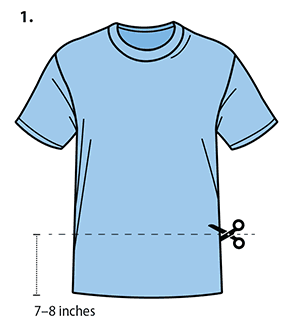
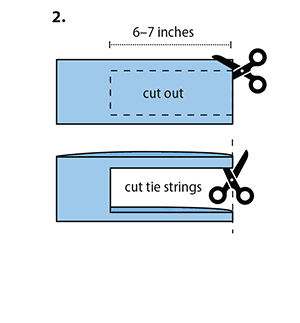
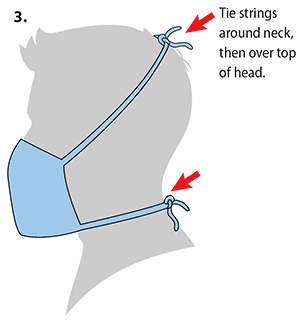
Bandana Face Covering (#3: No Sew Method)
Materials
- Bandana (or square cotton cloth approximately 20”x 20”)
- Rubber bands (or hair ties)
- Scissors (if you are cutting your own cloth)
Tutorial

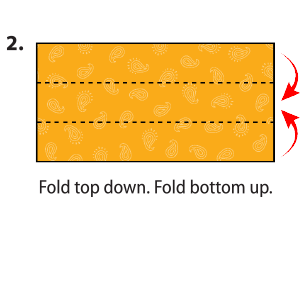
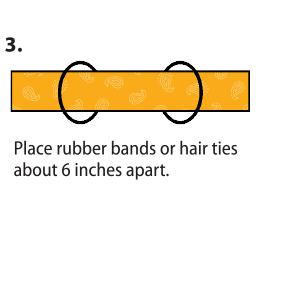
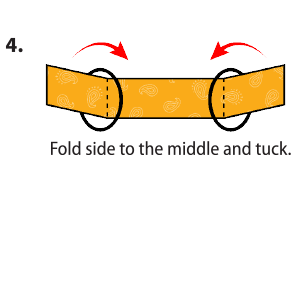
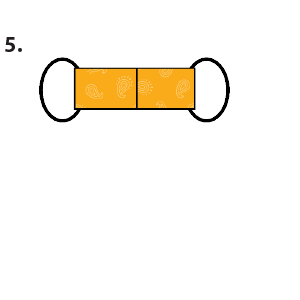
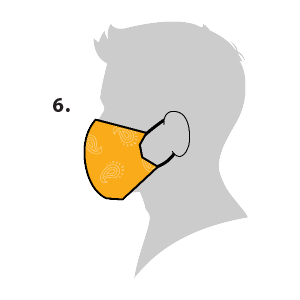
You may also be interested in:
- How to Wear Cloth Face Coverings
- CDC Recommendations for the Use of Cloth Face Masks to Help Slow the Spread of COVID-19
- How to Prepare for COVID-19
- Coronavirus 101: What you need to know about COVID-19
- Facts About Novel Coronavirus and How to Prevent COVID-19
- Stay Informed: COVID-19 Interactive Heat Map
- Coronavirus Facts: What can older adults do to reduce their risk of illness?
- 4 Tips to Help You Stay Healthy During COVID-19
- Getting Groceries During Quarantine
- When and How to Wash Your Hands






